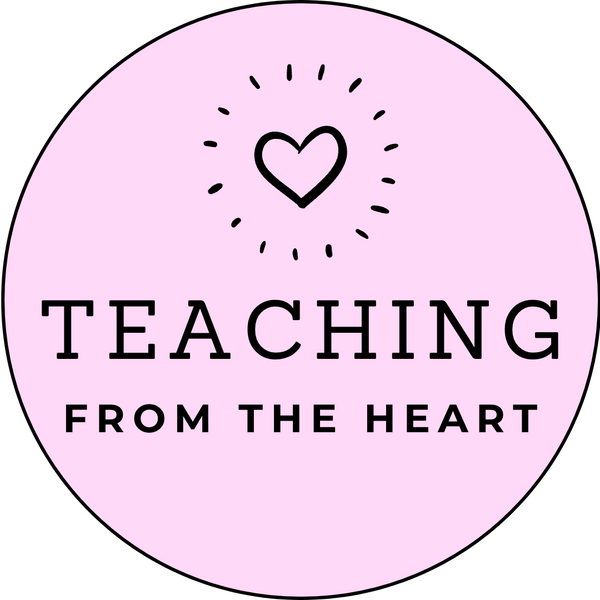Learning Intentions in the Classroom
Share
What is a Learning Intention?
A learning intention is a clear, specific statement detailing what students will be able to achieve independently by the end of a lesson. Learning intentions focus on the outcome/s of an individual lesson. Both students and teachers can benefit from referring back to these intentions to guide and measure progress.
The Three Key Components of Learning Objectives: WALT, WILF, and TIB
WALT (We Are Learning To):
- Purpose: Identifies the specific skill or knowledge that the lesson aims to achieve.
- Benefit: Helps distinguish between the learning activity and the actual learning outcome, allowing students to articulate what they are learning rather than just what they are doing in a lesson.
- Requirements: Must include a verb that indicates the action students will undertake. Such as analyse, identify, describe, solve, or evaluate.
WILF (What I’m Looking For):
- Purpose: Clarifies the criteria students need to meet during the lesson.
- Benefit: Sets clear expectations for what students should demonstrate or produce, aiding in focused and goal-oriented learning.
TIB (This Is Because):
- Purpose: Explains the relevance and purpose of the lesson’s skill or knowledge.
- Benefit: Enhances student engagement by connecting the lesson to real-life applications and encouraging students to understand the importance of what they are learning.
Engaging Students with TIB
Encouraging students to contribute to the TIB component fosters a sense of ownership and relevance in their learning. Asking questions like, "Why do you think you need to learn this?" or "When in your life might you use this information?" helps students see the purpose behind their lessons, driving engagement, passion, and effort.
Examples of Learning Objectives in Action
Example 1: Writing an Interesting Story
- WALT: Write an interesting story.
-
WILF: Include detailed descriptions of:
- Characters
- Setting
- Complication
- Resolution
-
TIB: We communicate in different ways, including for entertainment.
- Sharing a funny story with a friend
- Bedtime storytelling
- Aspiring to become an author
Example 2: Adding Two-Digit Numbers
- We are learning to add two-digit numbers together efficiently.
- What I'm looking for is correct spacing for the vertical algorithm.
- This is because it will help us to find a total amount quicker.
- In life we may use this when:
- Organising a birthday party
- Grocery shopping
- Counting my earnings from weekend chores
- In life we may use this when:
Conclusion
Incorporating well-structured learning objectives into classroom instruction is essential for effective teaching and meaningful learning. By clearly defining what students are learning (WALT), what they need to focus on (WILF), and why the lesson is important (TIB), educators can create a more engaging and purposeful learning environment.
